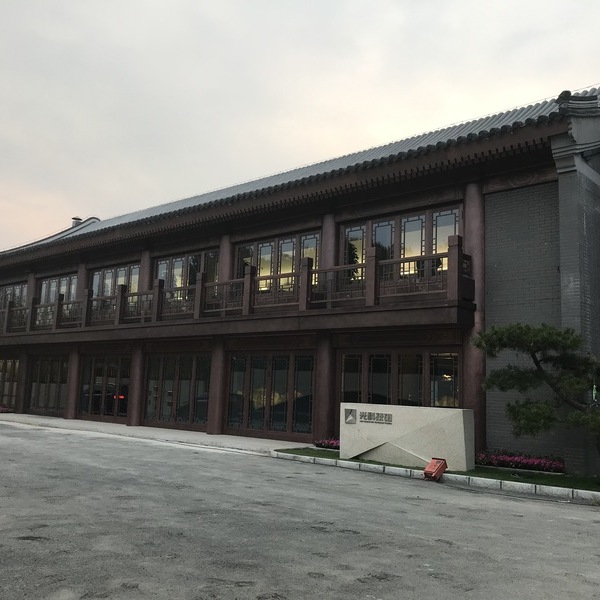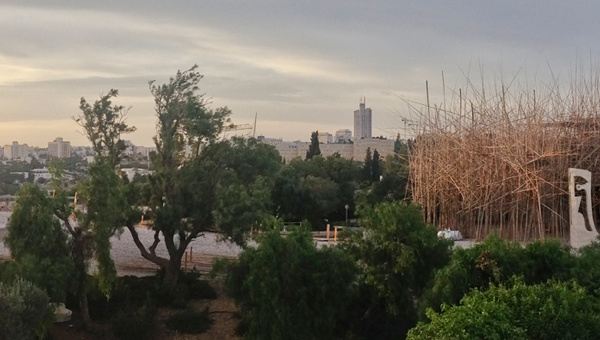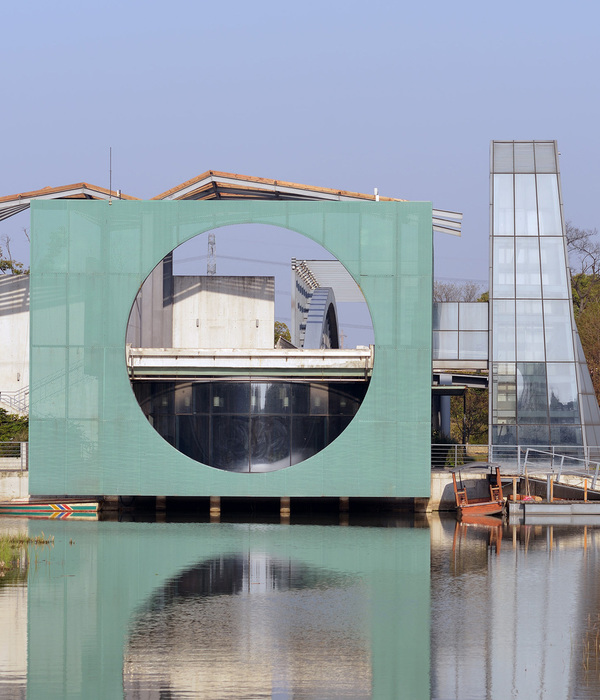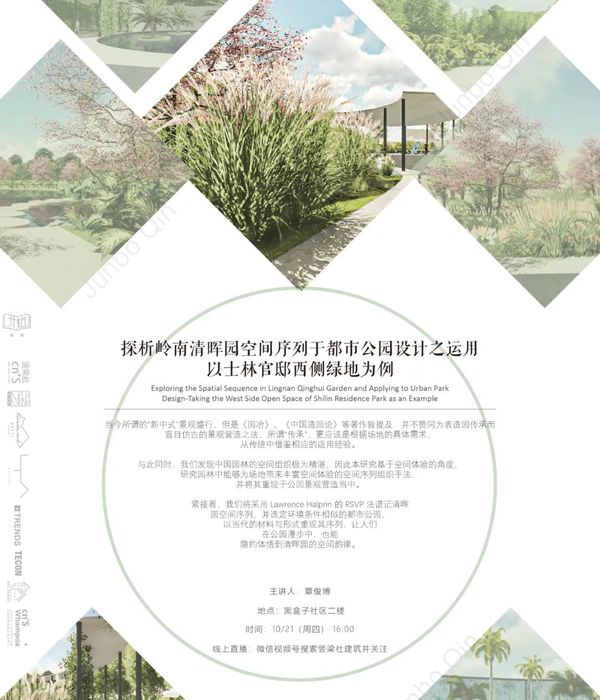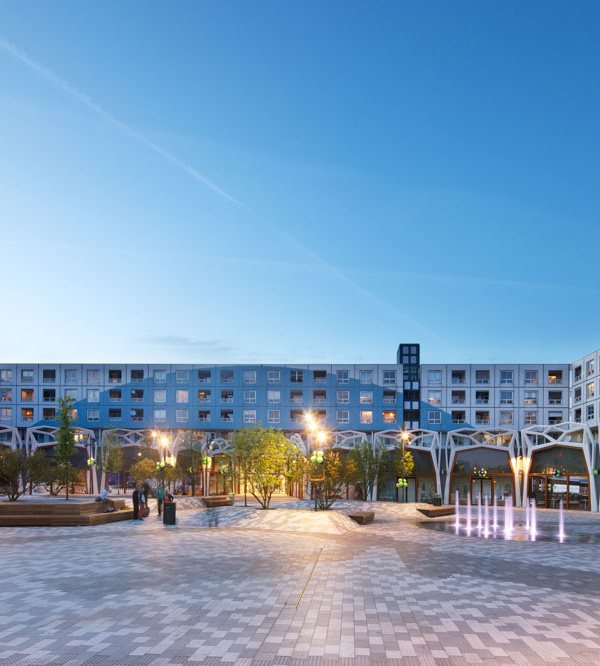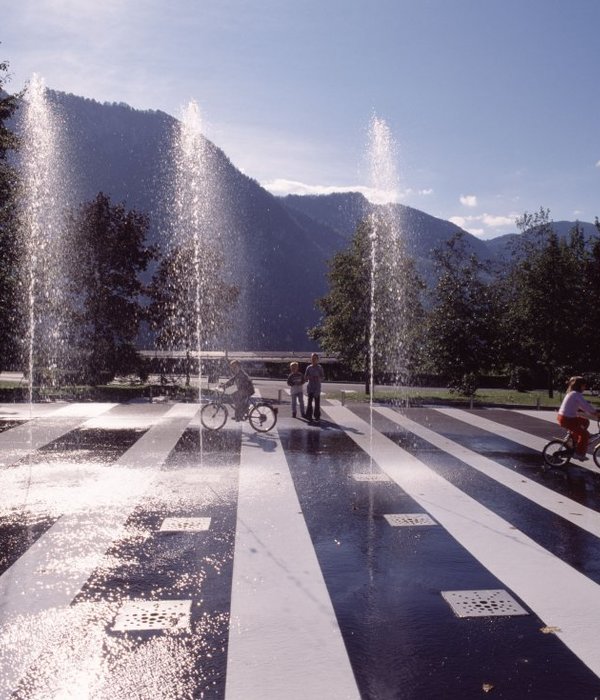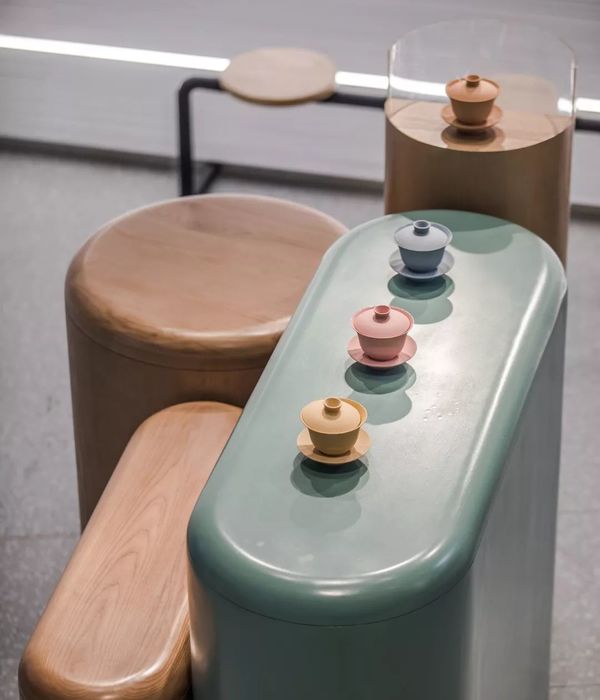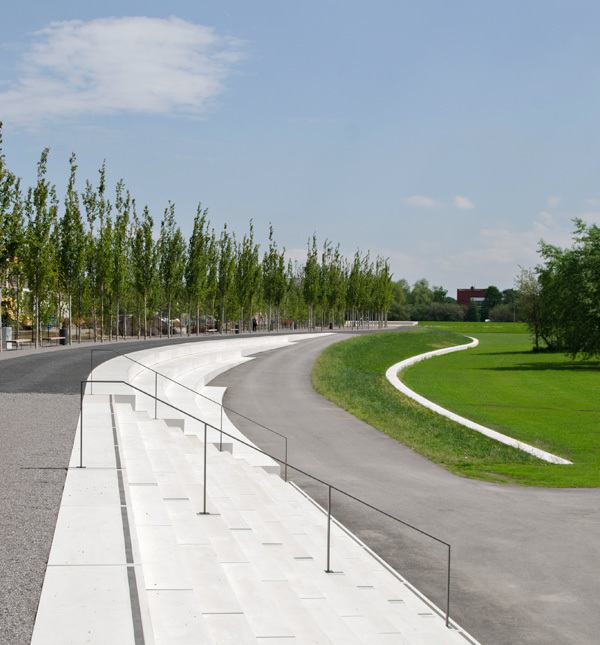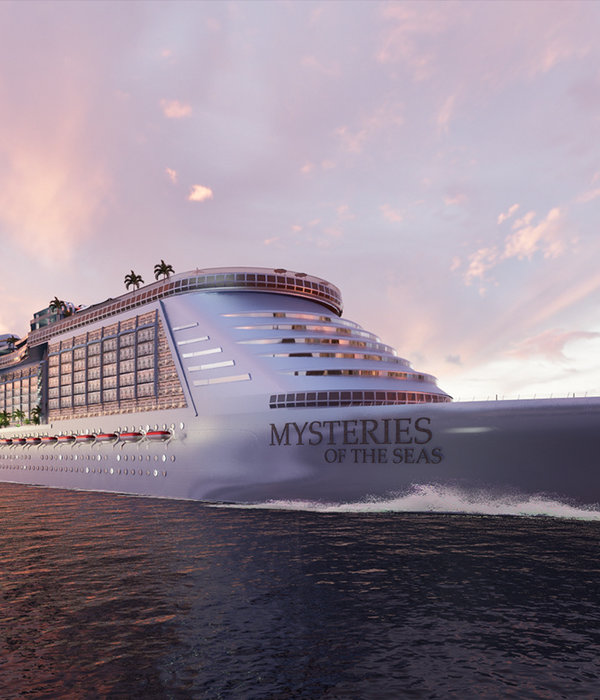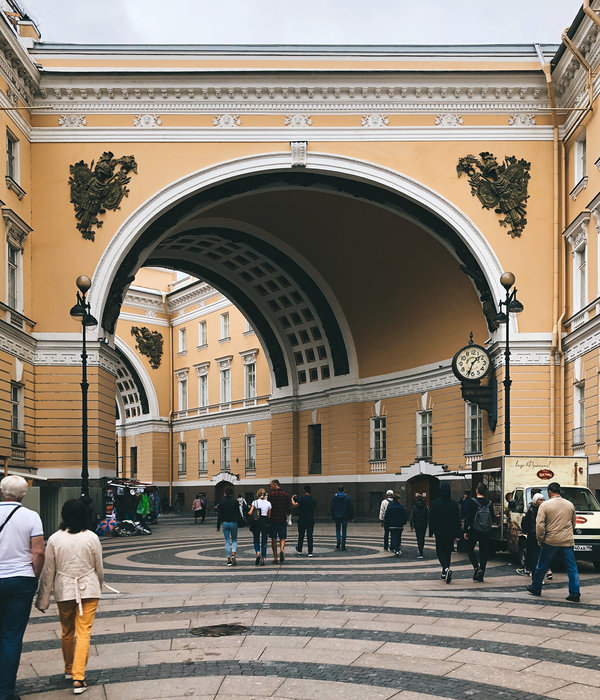Footbridge over the Rhine
设计方:Dietmar Feichtinger Architectes
位置:德国
分类:园林小品
内容:实景照片
图片来源:Alain Caste
图片:9张
步行桥连接了德国和法国位于同一轴线上的两条街道,这种连接具有高度的象征性及视觉冲击性。然而这种连接方式在对于工程技术的挑战是显而易见的。这座桥横跨2294米,是一座破纪录的步行拱桥。工程师需要用特定的公式定义它的类型。
整座桥凸显出极强的象征意义,仿佛是在两国之间画了一个弓,发展这座桥的内在动机,不仅仅是为了跨越,而是为了推进现在双方停滞的局面。相比较用吊桥,现在的方案似乎更加节约。这座桥的第二个重要特性就是它其实是一个守护神的形象,以某种方式守护着整个河流的内在精神。
升起的桥面垂直于河面,保证了船只航行的净高度,支撑结构非常纤细,以减少对于空间的压迫感,步行桥的桥面结构是分开的,对两岸的空间结构进行了有效的过渡,在两岸空间不同的情况下,一个绝对对称的桥面就很不合适了。
译者: 饭团小组
Two main roads, the « Hauptstrasse » in Weil am Rhein, Germany, and the « Rue de France » in Hunningue, France, are situated on the same axis. To emphasize this highly symbolic and visual connection between the two countries, the footbridge is put along the axis and not into it for the view not to be disturbed. This visual connection is enhanced by the physical one, as the design of the bridge is a response to the situation. The technical challenge is evident.
The three-country bridge between France and Germany has an asymmetrical cross section. Hence, two principals underlie the design. First of all the bridge is an arch bridge with a span of 229,4 meters, which is a world record for a pedestrian arch bridge. Engineers have specific formulas for defining the type of bridge in relation to its span. Thereby the engineer’s reflex here was to build a suspension bridge.
It underlines the extremely strong symbolism of the very important gesture of spanning between France and German, which was conceived as drawing a bow between the two countries. Developing this sense as the intrinsic motivation behind the structure of the bridge, we thought that there might also be advantages, not just disadvantages, of spanning rather than suspension. This turned out the be the case, the completed bridge was shipped in one piece to the site. This would not have been possible with a suspension bridge whose assemblage in situ would also have been much more expensive.
The second significant feature of this bridge is the manner in which the genius loci, the spirit of the river landscape and the elements of the particular on-site situation, were integrated into the design. This was mainly achieved in the decision to position the anchorage points of the bridge at the former departure points of a ferryboat that travelled across the Rhine between the two shores. This served to integrate a pre-existing line-of-sight extending from the urban fabric of the two border cities via two main streets directly opposite each other.
莱茵河上的步行桥外部图
莱茵河上的步行桥外部局部图
莱茵河上的步行桥
{{item.text_origin}}


